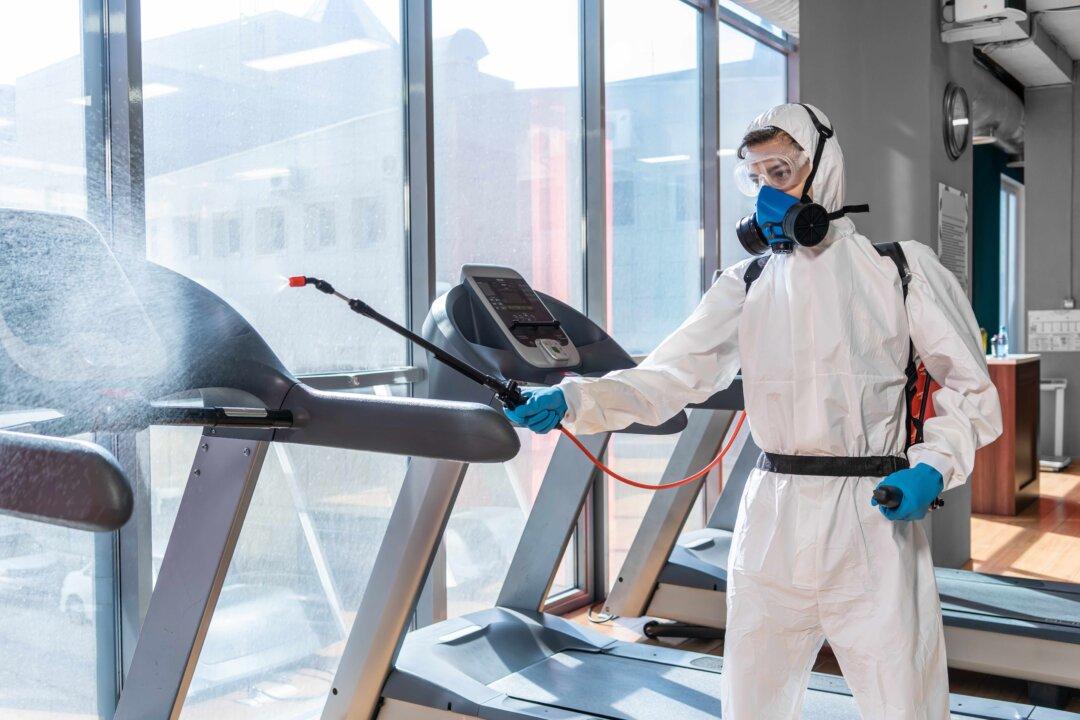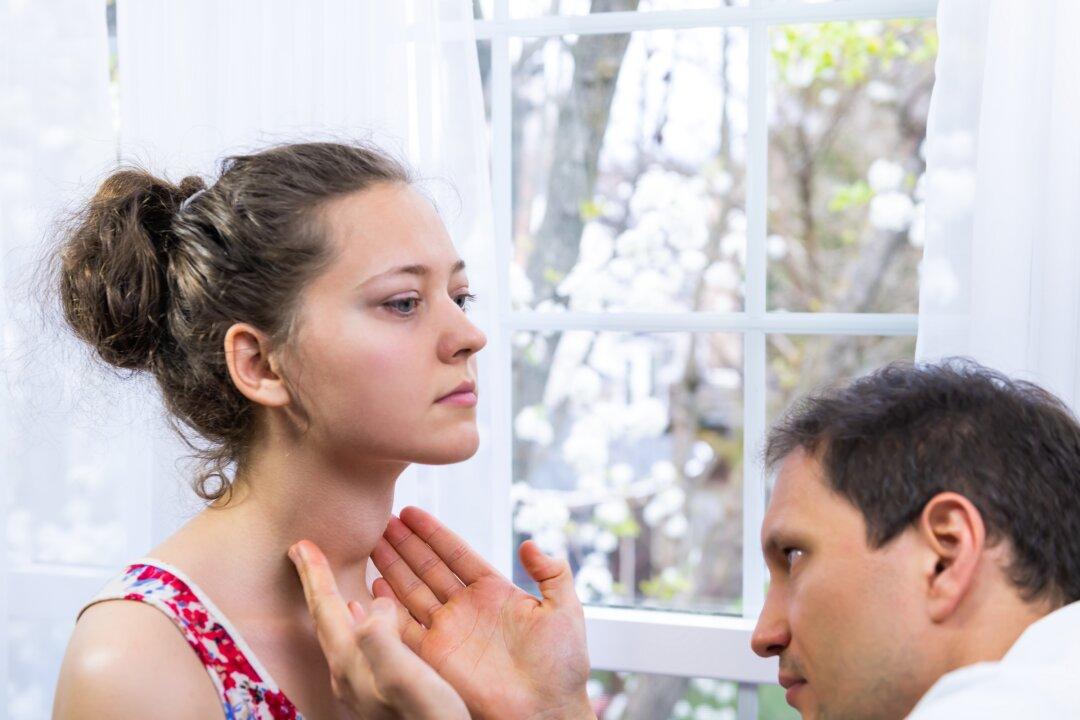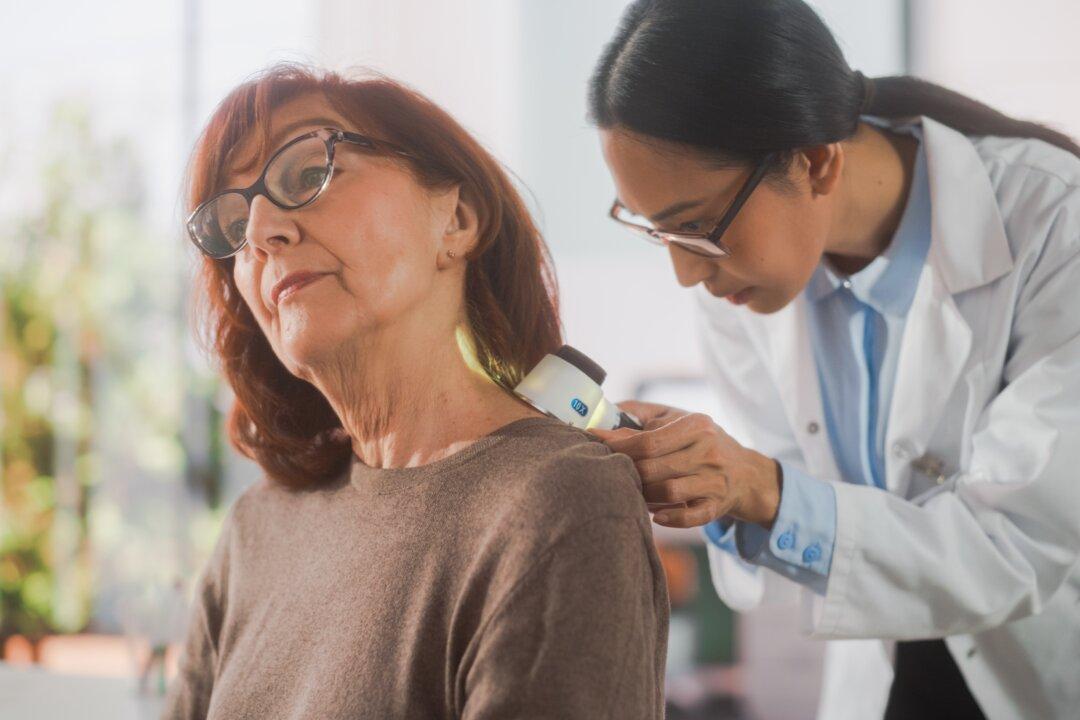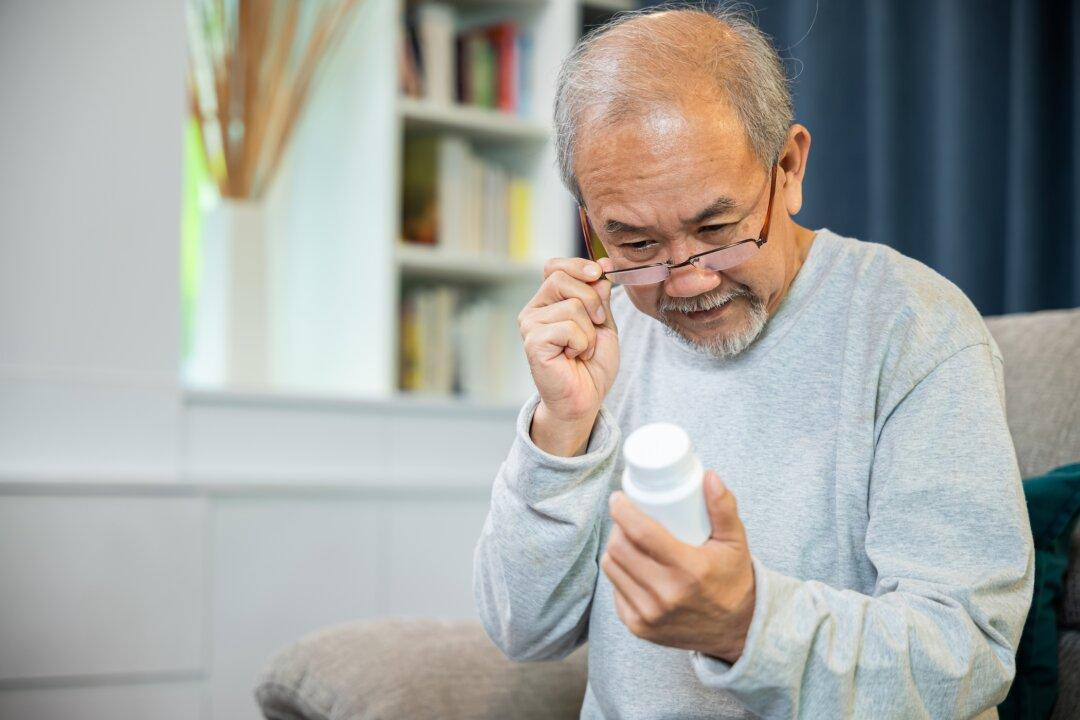Those consequences of the COVID-19 pandemic response may turn out to be worse for many people than the disease itself. Experts have predicted a coming mental health crisis in the United States, as Americans struggle with financial insecurity, job losses, social isolation, and fears about returning to public life. Privacy concerns also continue to emerge, as contact tracing apps and other methods of surveillance morph into the new “normal.”
Unchecked disinfection procedures, including those recommended by public health agencies, are another major concern. Prior to the pandemic, chemical disinfectants had been linked to health problems, but the accelerated pace at which these toxic chemicals are now being used is causing unprecedented levels of exposure—with unknown consequences to human health.





